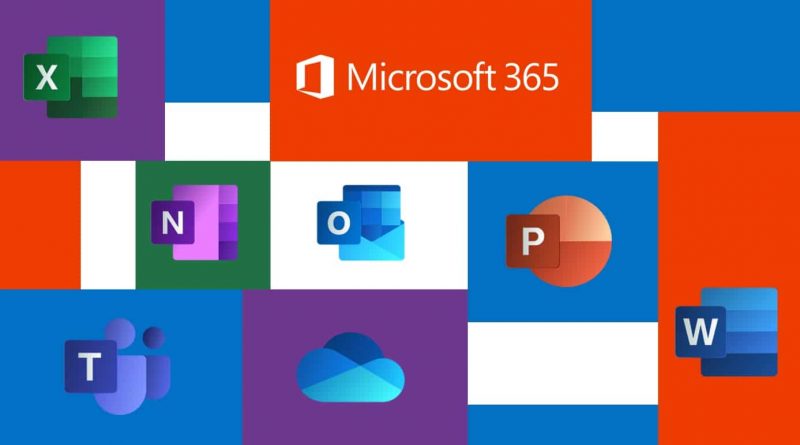
An APT known as TA2552 has been spotted using OAuth2 or other token-based authorization methods to access Office 365 accounts, in order to steal users’ contacts and mail.
OAuth is an open standard for access delegation, commonly used as a way for people to sign into services without entering a password — using signed-in status on another, trusted service or website. The most visible example might be the “Sign in with Google” or “Sign in with Facebook” that many websites use in lieu of asking visitors to create a new account.
According to researchers from Proofpoint, targets receive a well-crafted lures asking them to click a link which carries them to the legitimate Microsoft third-party apps consent page.
“Once signed into their O365 (Office 365) account, the user is redirected to the official O365 consent process that prompts them to grant permissions to the actor’s application,” they explained. “The domains that catch the OAuth tokens are often registered via Namecheap and hosted on Cloudflare.”
There, they’re asked to grant read-only permissions to a (malicious) third-party application that’s masquerading as a real organization’s app.
Proofpoint researchers added that users should be aware of the permissions that these, and any, third-party apps are asking for. In the case of this campaign, the malicious apps are asking for read-only access to the user’s contacts, profile and mail – all of which could be used to snoop around accounts, silently steal data or even intercept password reset messages from other accounts, like online banking.
“Even read-only access comes with considerable risk,” according to a Proofpoint posting on Tuesday. “The ability to perform reconnaissance on an O365 account supplies an actor with valuable information that can later be weaponized in business email compromise (BEC) attacks or account takeovers…The minimal [read-only] permissions requested by these apps also likely help them appear inconspicuous if an organization’s O365 administrator audits connected apps for their users’ accounts.”
They added, “The apps don’t request many permissions, and those they do might not appear particularly far-reaching, allowing them to blend in with other benign apps.”
If consent is granted, the third-party application will be allowed to access the currently authenticated Office 365 account. If consent is denied, the browser is still redirected to an attacker-controlled page, giving the actor the opportunity to try again with a different tactic.
Further, if the browser is not already authenticated to Office 365 in the first place, the user is sent to the official Office 365 login page to sign in, researchers added, and then are asked to grant permissions again.
Proofpoint researchers said that organizations worldwide have received messages, but TA2552 seems to favor Spanish speakers in Mexico for this effort. For instance, the impersonation of the Servicio de Administración Tributaria (SAT), Mexico’s tax authority, is a common message theme.
“When SAT is used in the phish lure, the email suggests that the recipient needs to update their contact information and is presented with what appears to be a link to do so,” Proofpoint noted. “Some subjects, like ‘Аcսse dе Сіta – Aсlaracіоոes 2020. (Acknowledgment of Appointment – Clarifications 2020.),’ make use of non-ASCII characters, possibly to evade simple spam filters.”
The firm added that while Mexican tax- and government-themed messages are the normal spoofing targets for the campaign, researchers also observed lures and apps impersonating Netflix Mexico and Amazon Prime Mexico.
“Threat actors often find creative ways to harvest information,” Proofpoint researchers said. “In these attacks, TA2552 doesn’t rely on techniques like more traditional credential-phishing or dropping malware on a system. Instead, they gain permissions to view the content and activity of resources available through a user’s O365 account. The departure from such traditional techniques gives this actor an advantage, as users likely aren’t trained to spot or inspect suspicious applications.”
OAuth Attacks on the Rise
In July, Microsoft warned against these kinds of attacks, which Agnieszka Girling, Partner Group PM Manager at Microsoft, warned were on the rise. Also known as consent phishing, it’s an easy attack to carry out, she said. Attackers need only to register a malicious app with an OAuth 2.0 provider, such as Microsoft’s own Azure Active Directory.
“The app is configured in a way that makes it seem trustworthy, like using the name of a popular product used in the same ecosystem,” explained Girling at the time. “The attacker gets a link in front of users, which may be done through conventional email-based phishing, by compromising a non-malicious website or other techniques. The user clicks the link and is shown an authentic consent prompt asking them to grant the malicious app permissions to data.”
If a user clicks accept, they will grant the bad app permissions to access their credentials and potentially other sensitive data, as in the campaign flagged by Proofpoint.
“The app gets an authorization code which it redeems for an access token, and potentially a refresh token,” Girling explained. “The access token is used to make API calls on behalf of the user. If the user accepts, the attacker can gain access to their mail, forwarding rules, files, contacts, notes, profile and other sensitive data and resources.”
Users can protect themselves by ensuring that whatever app they’re signing into is actually legitimate. They can also apply basic phishing-awareness strategies, such as looking for poor spelling and grammar in the original emails. Also, app names and domain URLs can offer red flags.
On October 14 at 2 PM ET Get the latest information on the rising threats to retail e-commerce security and how to stop them. Register today for this FREE Threatpost webinar, “Retail Security: Magecart and the Rise of e-Commerce Threats.” Magecart and other threat actors are riding the rising wave of online retail usage and racking up big numbers of consumer victims. Find out how websites can avoid becoming the next compromise as we go into the holiday season. Join us Wednesday, Oct. 14, 2-3 PM ET for this LIVE webinar.